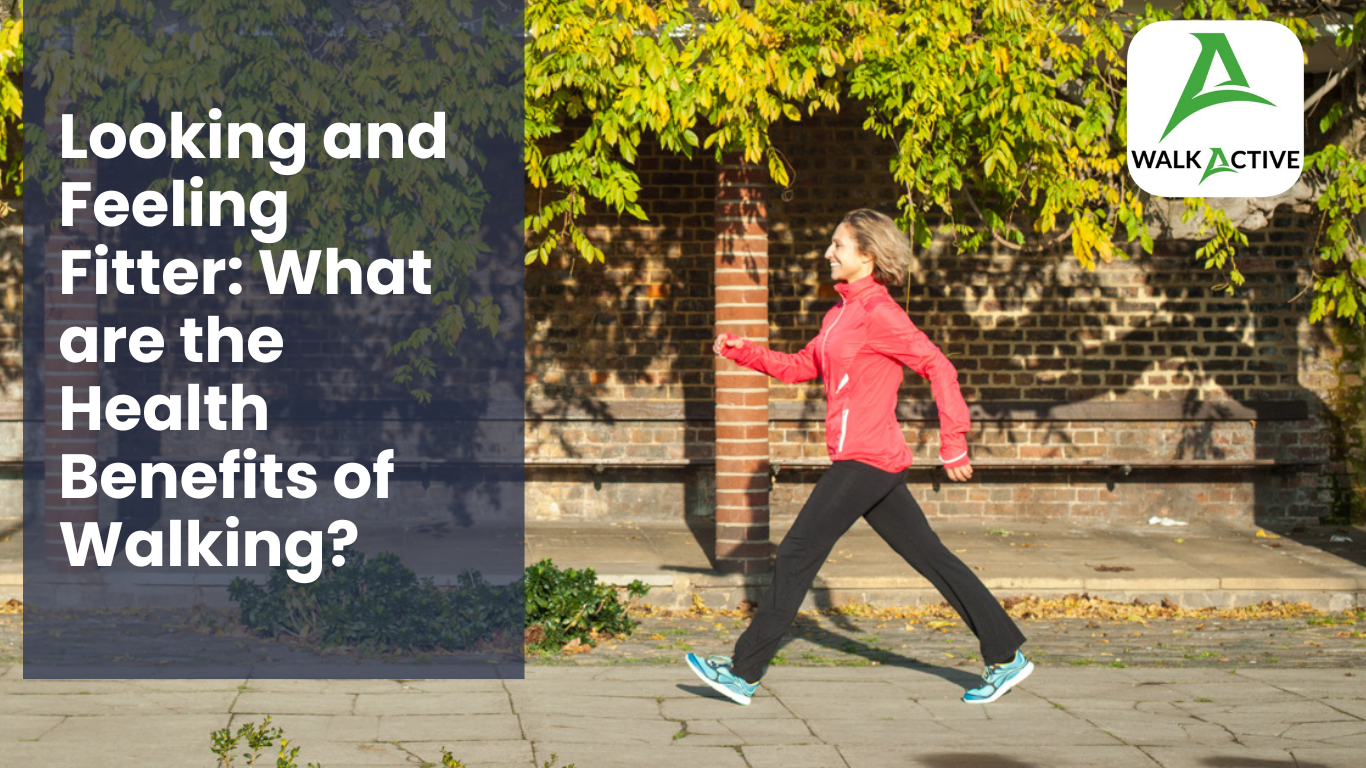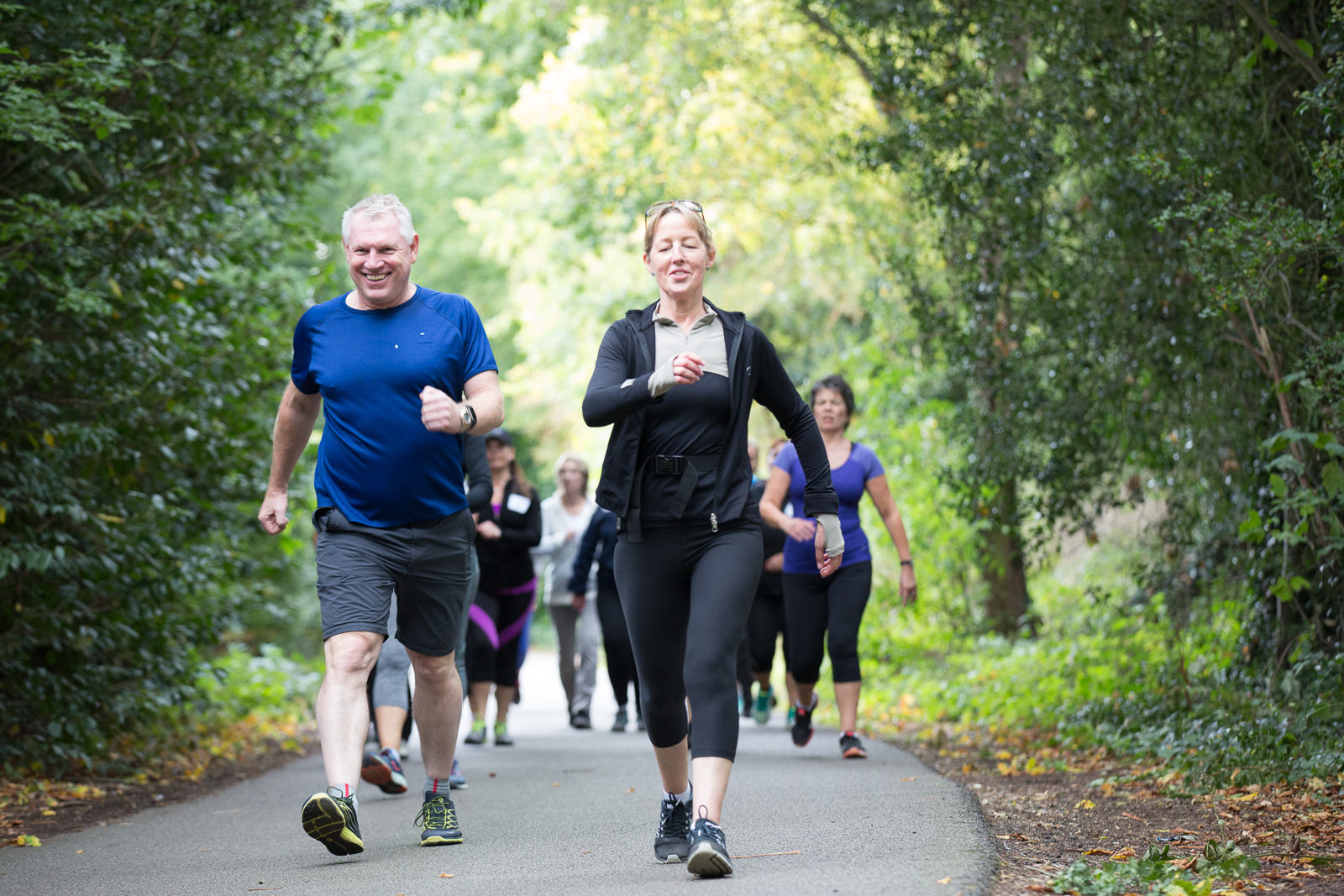
Walking, often overlooked in the realm of fitness, is a powerful exercise with numerous health benefits. From cardiovascular health to mental well-being, the act of putting one foot in front of the other can lead to transformative results. Let’s delve into the advantages that walking offers, backed by scientific research, expert opinions, and innovative approaches like WalkActive.
1. Cardiovascular Health
Walking gets the heart pumping and the blood flowing, effectively strengthening the cardiovascular system. Research published in the British Journal of Sports Medicine suggests that just 11 minutes of brisk walking per day is sufficient to reduce the risk of heart disease, stroke, and various cancers. Additionally, increased oxygen flow during walking helps lower blood pressure and improve overall heart health.
2. Bone Health
Walking is a weight-bearing exercise that can prevent the loss of bone mass, helping decrease the risk of osteoporosis. It helps maintain bone mineral content, reducing the risk of fractures and bone-related issues, and is shown to be particularly beneficial for postmenopausal women and older adults.
3. Stronger Muscles
With proper technique, walking engages over half of the body’s muscle mass, toning muscles throughout the legs, abdomen, and even arms. This not only enhances muscle strength but also improves range of motion and reduces pressure on joints, making it an ideal exercise for individuals of all ages and fitness levels.
4. Mental Health & Brain Function
Walking isn’t just beneficial for physical health; it’s also a powerful tool for nurturing mental well-being and enhancing brain function. Research has shown that regular walking can serve as a natural mood enhancer. Walking stimulates the release of endorphins, the body’s natural feel-good hormones, which can alleviate symptoms of anxiety and depression. Furthermore, studies have linked regular walking to improved cognitive function and a reduced risk of age-related cognitive decline, including conditions such as Alzheimer’s disease and dementia.
5.Weight Management
Consistent walking, combined with a balanced diet, can aid in weight management. A brisk 30-minute walk burns approximately 200 calories, contributing to a healthier body composition over time. Additionally, walking boosts metabolism and promotes the development of lean muscle mass, which can further enhance calorie burning even at rest.
6. Better Sleep
Walking can significantly improve the quality of sleep due to its ability to relax the body and mind. Engaging in regular walking, particularly during the day, helps to reduce stress and anxiety levels, which are often significant contributors to insomnia and disrupted sleep patterns. Moreover, the physical exertion of walking helps to tire the body, making it easier to fall asleep and experience deeper, more restorative sleep cycles.
7. Help with Menopause
Walking can be a highly beneficial activity for women experiencing menopause. Not only does it aid in weight management by burning calories and boosting metabolism, but it also supports bone health, potentially reducing the risk of osteoporosis. Additionally, walking serves as a natural mood lifter, helping to alleviate mood swings and symptoms of anxiety or depression that often accompany menopause. It may even provide relief from hot flushes. Furthermore, by improving cardiovascular health, promoting better sleep, reducing stress, and enhancing overall well-being, walking emerges as a holistic approach to managing the physical and emotional changes associated with menopause.
8. Longer and Better Quality of Life
Perhaps one of the most compelling reasons to embrace walking is its potential to extend your lifespan. Numerous studies have shown that regular physical activity, including walking, is associated with a lower risk of premature death. Plus, researchers from the University of Leicester estimate that a lifetime of brisk walking could lead to the equivalent of 16 years younger biological age by midlife!
How WalkActive Can Get You On Your Feet
WalkActive is a scientifically proven system that enhances cardiovascular fitness, refines walking technique, and makes every step purposeful toward your health and fitness goals. With the WalkActive app, you can learn this innovative method at your fingertips, significantly improving posture, reducing joint impact, and increasing walking speed by up to 24%.
Ready to experience the transformative power of walking with WalkActive? Whether it’s a brisk stroll around the block or a leisurely walk in nature, every step contributes to improved well-being. As advised by the NHS, even a brisk 10-minute daily walk can significantly enhance health and contribute to the recommended 150 minutes of weekly exercise.

So, lace up your shoes, step outside, and embark on the journey to a healthier, happier you through the power of walking.
Frequently Asked Questions
- How does walking compare to other forms of cardiovascular exercise in terms of its benefits for heart health?
- Are there specific recommendations for the duration and intensity of walking required to achieve optimal health benefits?
- Can walking alone be sufficient for maintaining bone density, or should it be supplemented with other forms of exercise?
- Are there any particular walking techniques or routines that are more effective for improving muscle strength?
- How does walking outdoors in nature compare to walking indoors on a treadmill in terms of its mental health benefits?
- Can walking be a suitable form of exercise for individuals who are overweight or obese, and how does it contribute to weight management in such cases?
- Are there any specific time-of-day recommendations for walking to maximise its impact on sleep quality?
- How does the intensity of walking affect its benefits for longevity and overall quality of life?
- Are there any potential risks or contraindications associated with walking, particularly for individuals with pre-existing health conditions?
- Can walking be incorporated into a structured exercise program, and if so, how can it be balanced with other forms of exercise for optimal results?
Answers:
- Comparison with Other Cardiovascular Exercises: While walking may not offer the same intensity as some other forms of cardiovascular exercise like running or cycling, its benefits for heart health are significant. Research suggests that even moderate-intensity walking can effectively reduce the risk of heart disease, stroke, and various cancers.
- Recommendations for Duration and Intensity: The blog mentions that just 11 minutes of brisk walking per day can provide health benefits. However, the NHS advises aiming for at least 150 minutes of moderate-intensity activity per week, which can be achieved through brisk walking for 30 minutes on most days.
- Maintaining Bone Density: Walking is a weight-bearing exercise, which means it helps maintain bone density. While it can be beneficial on its own, combining it with other weight-bearing exercises may provide additional benefits, especially for those at risk of osteoporosis.
- Effective Walking Techniques for Muscle Strength: The blog suggests that walking with proper technique can engage over half of the body’s muscle mass, toning muscles throughout the legs, abdomen, and arms. However, it doesn’t specify any particular techniques beyond brisk walking.
- Comparison of Outdoor vs. Indoor Walking: While both outdoor and indoor walking can provide mental health benefits, walking in nature may offer additional advantages due to exposure to green spaces and natural environments, which have been linked to improved mood and reduced stress.
- Walking for Weight Management: Consistent walking, combined with a balanced diet, can aid in weight management by burning calories and boosting metabolism. It can be a suitable form of exercise for individuals of all weights and fitness levels.
- Time-of-Day Recommendations for Sleep Quality: Engaging in regular walking, particularly during the day, can help reduce stress and anxiety levels, promoting better sleep quality. While any time of day can be beneficial, some people may find walking earlier in the day more conducive to improved sleep.
- Impact of Walking Intensity on Longevity: The intensity of walking can affect its benefits for longevity, with brisk walking likely offering greater benefits compared to leisurely strolls. However, any form of regular physical activity, including walking, is associated with a lower risk of premature death.
- Risks and Contraindications: Generally, walking is a low-impact exercise suitable for most individuals. However, those with pre-existing health conditions should consult with a healthcare professional before starting a new exercise regimen to ensure it’s safe for them.
- Incorporating Walking into an Exercise Program: Walking can be easily incorporated into a structured exercise program as either the primary form of exercise or as a complement to other activities like strength training or yoga. Balancing different types of exercise can help achieve overall fitness goals and prevent boredom or overuse injuries.


